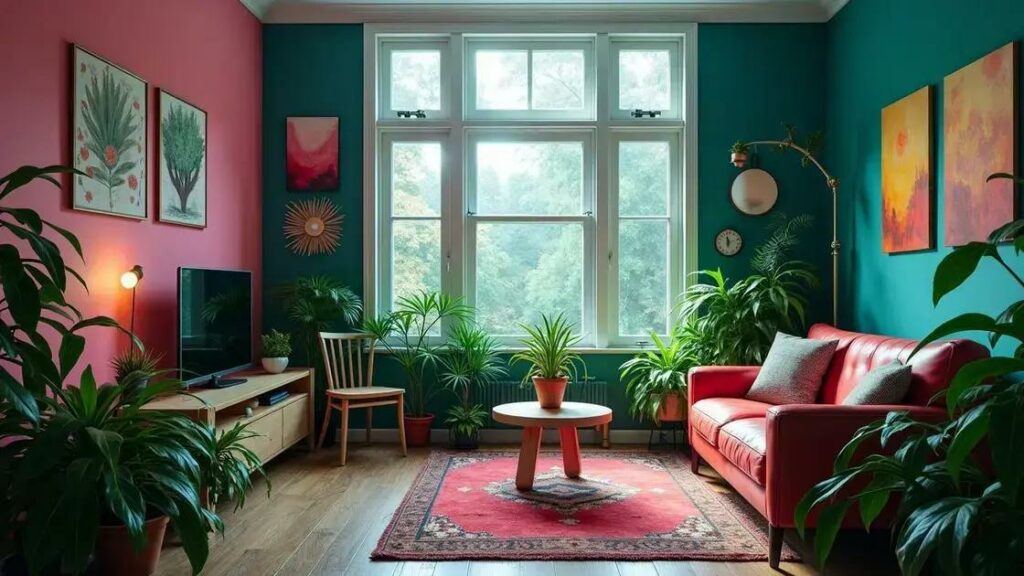How to care for spider plant indoors is not just about watering and sunlight; it includes understanding their unique requirements for thriving. Caring well for these plants can transform your indoor space into a lush, vibrant environment. In this guide, you’ll uncover the secrets to maintaining healthy spider plants that flourish in your home.
Table of Contents
ToggleWatering schedule for spider plants
Watering schedule for spider plants is essential for promoting healthy growth and vibrant foliage. Understanding the watering needs of your spider plant will help you maintain its health and beauty. Spider plants thrive best in well-draining soil, and their watering schedule should reflect their preferences.
Generally, spider plants like their soil to dry out slightly between waterings. Here’s a simple guide:
- Check the top inch of the soil; if it feels dry, it’s time to water.
- Use room-temperature water for optimal absorption.
- Water until it drains out of the bottom; avoid waterlogging.
Here is a quick reference table for your watering schedule:
| Season | Watering Frequency |
|---|---|
| Spring | Every 7-10 days |
| Summer | Every 5-7 days |
| Fall | Every 10-14 days |
| Winter | Every 2-3 weeks |
In addition to a consistent watering schedule, it’s important to observe your plant’s behavior. If the leaves start turning yellow, you might be overwatering. Conversely, if leaf tips begin to brown, it could indicate underwatering. Adjust your watering frequency accordingly to keep your plant looking lush.
By managing your watering schedule effectively, you will enhance your spider plant’s health and longevity. For more fantastic tips on maintaining beautiful plants, consider exploring indoor gardening techniques.
Optimal soil requirements for indoor growth

Optimal soil requirements for indoor growth are crucial for ensuring your spider plant flourishes in your home. Choosing the right soil provides essential nutrients and promotes healthy root development. Spider plants thrive in well-draining, fertile soil that enables proper moisture retention without becoming waterlogged.
Here are key components to consider for creating the ideal soil mix for your spider plant:
- Organic matter: Use peat moss or coconut coir to improve soil aeration and moisture retention.
- Perlite or vermiculite: Incorporate these materials to enhance drainage and prevent soil compaction.
- Fertilized soil: Consider using potting soil enriched with slow-release fertilizer for optimal growth.
Here’s a simple method to create your own soil mix:
- Combine 2 parts potting soil with 1 part perlite.
- Add 1 part peat moss. Mix thoroughly.
- Ensure the final mixture is light and airy for proper drainage.
Here’s a quick reference table that outlines the ideal soil characteristics:
| Soil Component | Purpose |
|---|---|
| Peat moss | Moisture retention |
| Perlite | Drainage |
| Coconut coir | Air circulation |
| Worm castings | Nutrient boost |
In summary, the right soil mix can significantly impact your spider plant’s growth and health. A well-balanced soil promotes nutrient absorption, leading to vibrant foliage and robust root systems. For more tips on maintaining beautiful indoor gardens, don’t hesitate to explore indoor gardening techniques.
Sunlight exposure and its impact on spider plants
Sunlight exposure and its impact on spider plants is vital for their overall health and growth. Spider plants thrive in bright, indirect light, which helps them develop vibrant green foliage and produce their characteristic offshoots. Understanding how to manage sunlight exposure will significantly enhance your indoor gardening experience.
Here are some essential points to consider about sunlight exposure:
- Direct sunlight can scorch the leaves, leading to brown tips or fading colors.
- Insufficient light may result in elongated, leggy growth as the plant stretches toward the light source.
- Placement near east or north-facing windows is generally ideal for optimal light exposure.
To ensure your spider plant receives the correct amount of light, follow these guidelines:
- Observe the plant’s growth; reposition if it appears weak or spindly.
- Rotate the plant regularly for even light distribution.
- Use sheer curtains to diffuse harsh direct sunlight if necessary.
Check out the table below for a quick reference on sunlight exposure:
| Light Condition | Effect on Spider Plants |
|---|---|
| Direct Sunlight | Leaves may scorch |
| Bright Indirect Light | Promotes healthy growth |
| Low Light | Causes leggy growth |
In summary, appropriate sunlight exposure plays a crucial role in maintaining the beauty and vitality of your spider plants. Properly placed plants will reward you with lush greenery and vibrant growth. For further insights into how sunlight and other factors affect indoor plants, consider exploring indoor gardening techniques.
In conclusion
Caring for spider plants indoors encompasses various essential factors, including a proper watering schedule, optimal soil requirements, and adequate sunlight exposure. By understanding these key aspects, you can ensure your spider plants thrive and bring vibrant greenery to your indoor space. Remember to regularly monitor your plants and adjust their care according to their needs. For more insights and strategies, check out these tips on enhancing your indoor garden.

